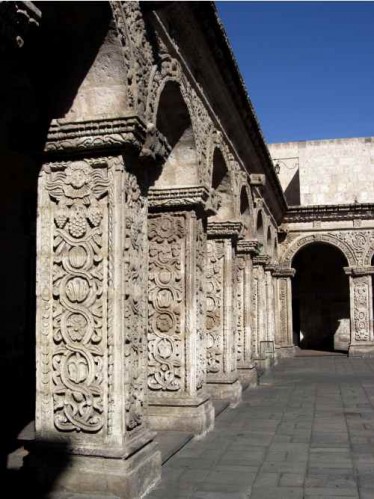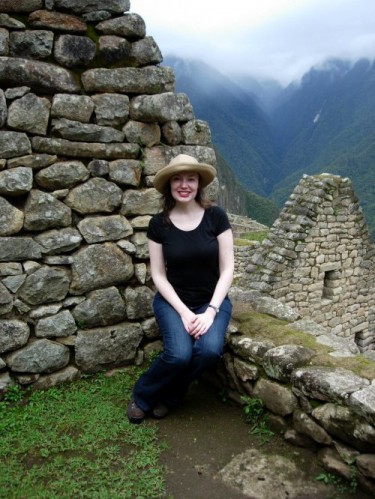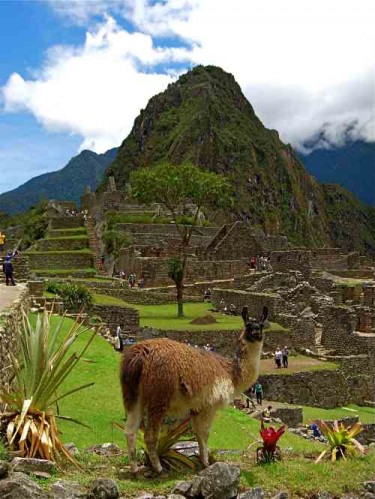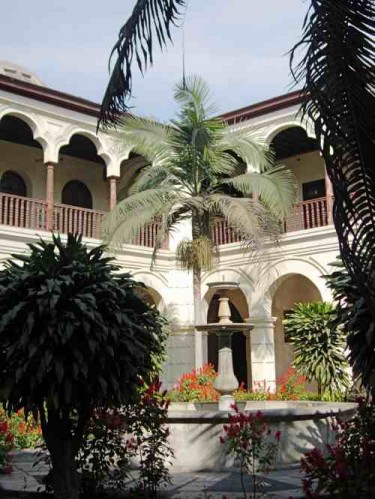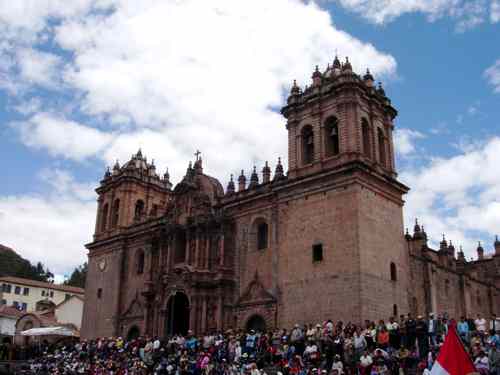I love getting Reader Reports for a variety of reasons. It’s always wonderful to have people share what they’ve found on a trip, or in their hometown. Reader Reports also reinforce my belief that gluten-intolerant people can travel anywhere and eat well. And they give me previews about places that I’m dying to visit. This report, by Fernando de Barros Pereira, is a perfect example. São Paulo, Brazil, is the largest city in South America, and one of the most dynamic cities in the world. Friends who have visited all come back raving about it. I’m not sure when I’ll get there — especially because the next few months are going to involve a lot of travel in the US and Canada for my book tour — but I know I will soon. In the meantime, a heartfelt thank you to Fernando for this wonderful report!
Gluten Free in São Paulo, Brazil
Since 2003 there is a national law that obligates the food companies to declare whether their products contain gluten or not. It is written on the label: Contém Glúten (this product contains gluten) or Não Contém Glúten (does not contain gluten). This law is extremely helpful, making it easier to buy food in any supermarket in Brazil.
In São Paulo, there are a lot of places you can buy gluten-free products like pasta, bread, cookies, snacks or cereal. The best one is called Mundo Verde. It has many locations and their website is www.mundoverde.com.br. In www.specialgourmets.com there is a wider selection of stores that sell gluten-free stuff.
Although there aren’t many restaurants with gluten-free menus in São Paulo, our cuisine isn’t really based in wheat/gluten. The following list is based on my own experience, since I eat in restaurants frequently:
- Eau French Grill (Av. Nações Unidas, 13.301 – www.eau.com.br): Definitely one of the best restaurants in São Paulo. It is located inside the Gran Hyatt Hotel. The staff is extremely well trained and familiarized with the gluten-free diet. Although it can be a little expensive, dining there is a memorable experience for sure.
- Wraps (Several locations – www.wraps.com.br): They are one of the few restaurants that have a gluten-free menu. A very nice place with reasonable prices.
- Steak Houses: The Traditional Brazilian Barbecue is served in the Rodizio Style. It’s similar to the all-you-can-eat system: you pay a price and can enjoy the salad bar and the different types of meats that the waiters offer you. Our barbecue only has salt as seasoning, so it is definitely a safe place to eat. There is a “Rodizio†Steak House on every corner, but I can say that Fogo de Chao (www.fogodechao.com.br) is one of the best.
- Japanese Places: In São Paulo there are a lot of sushi restaurants, that could be a safe option for a nice lunch or dinner. Just talk to the waiter and stick to the traditional choices like sashimi, sushi and temaki. The majority of our soy sauce brands use corn instead of wheat, making it safe for celiacs, but it is prudent to ask the waiter/manager about it. Some places I can recommend: Aoyama (www.aoyama.com.br) and Gendai (www.gendai.com.br), a franchise that is available in many shopping centers and in São Paulo’s two airports.
- Baked Potato (www.bakedpotato.com.br): Fast food place that serves baked potatoes with different stuffings. The only stuffing that I know for a fact that is gluten-free is the Requeijão (it is like a cream cheese, but a lot more flavourful).
- Galeto’s (www.galetos.com.br): Great chicken, has a great salad bar too with 95% of the foods there being gluten free. The chicken has a “secret†seasoning and it is gluten-free (I talked to the manager and he showed me the ingredients, mostly herbs and olive oil).

